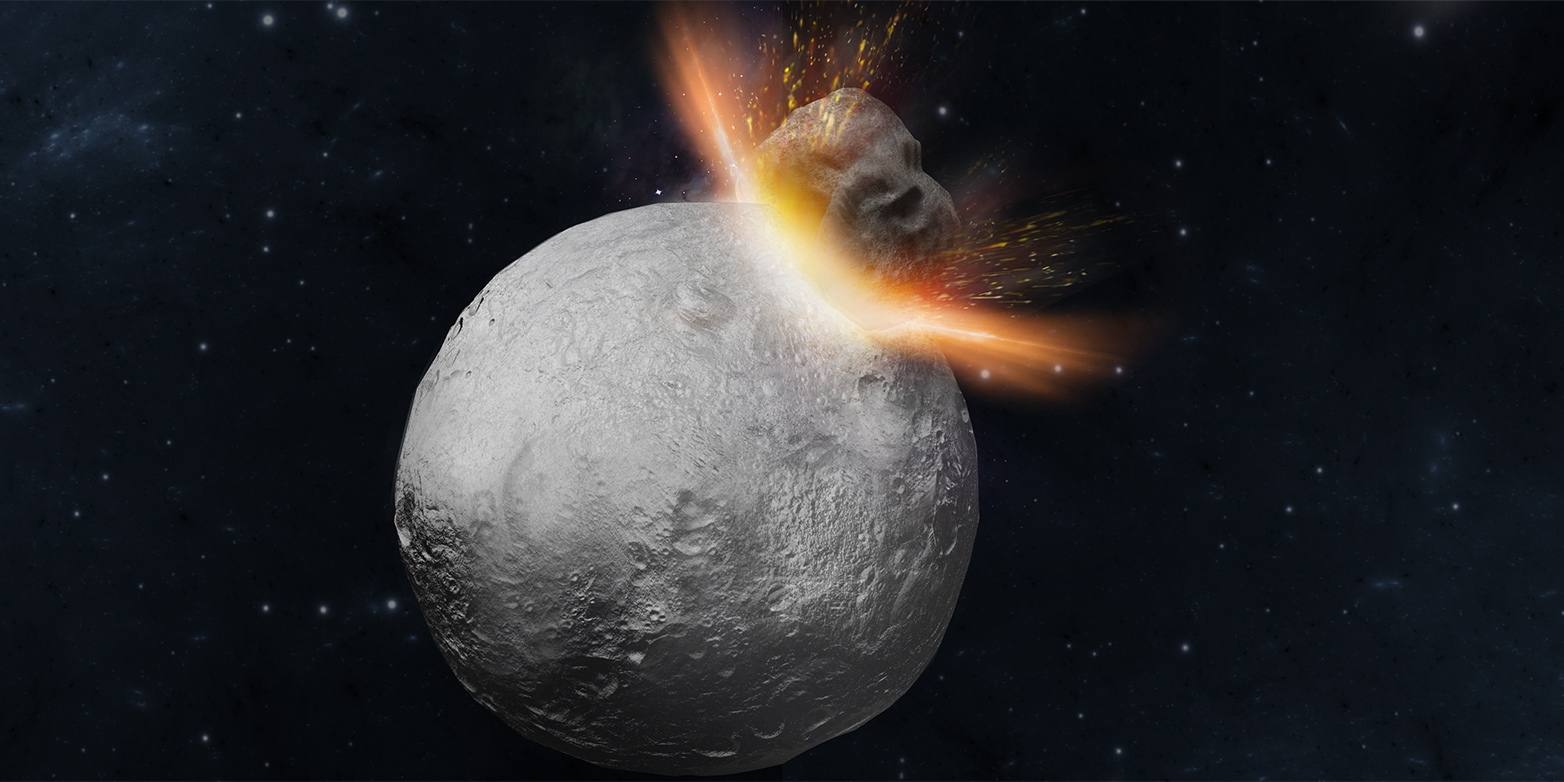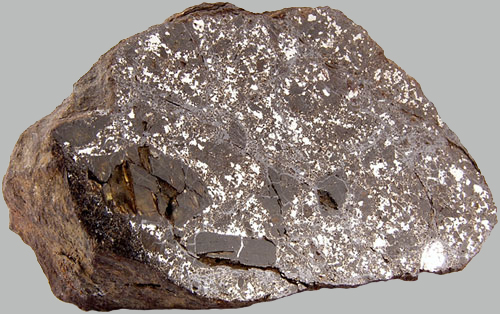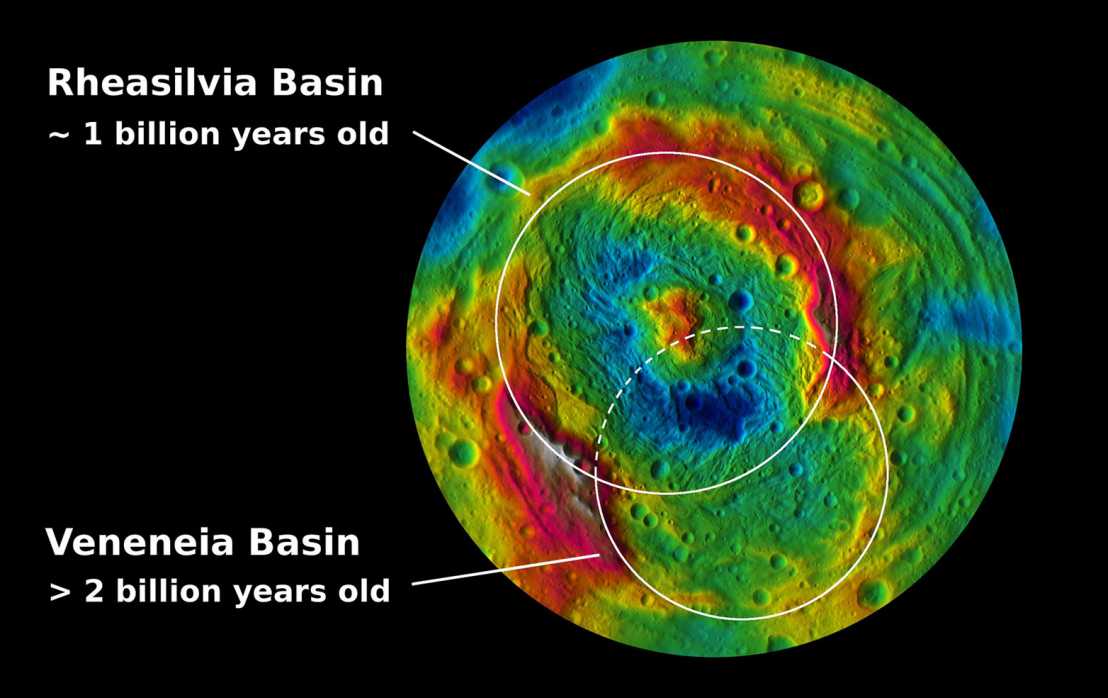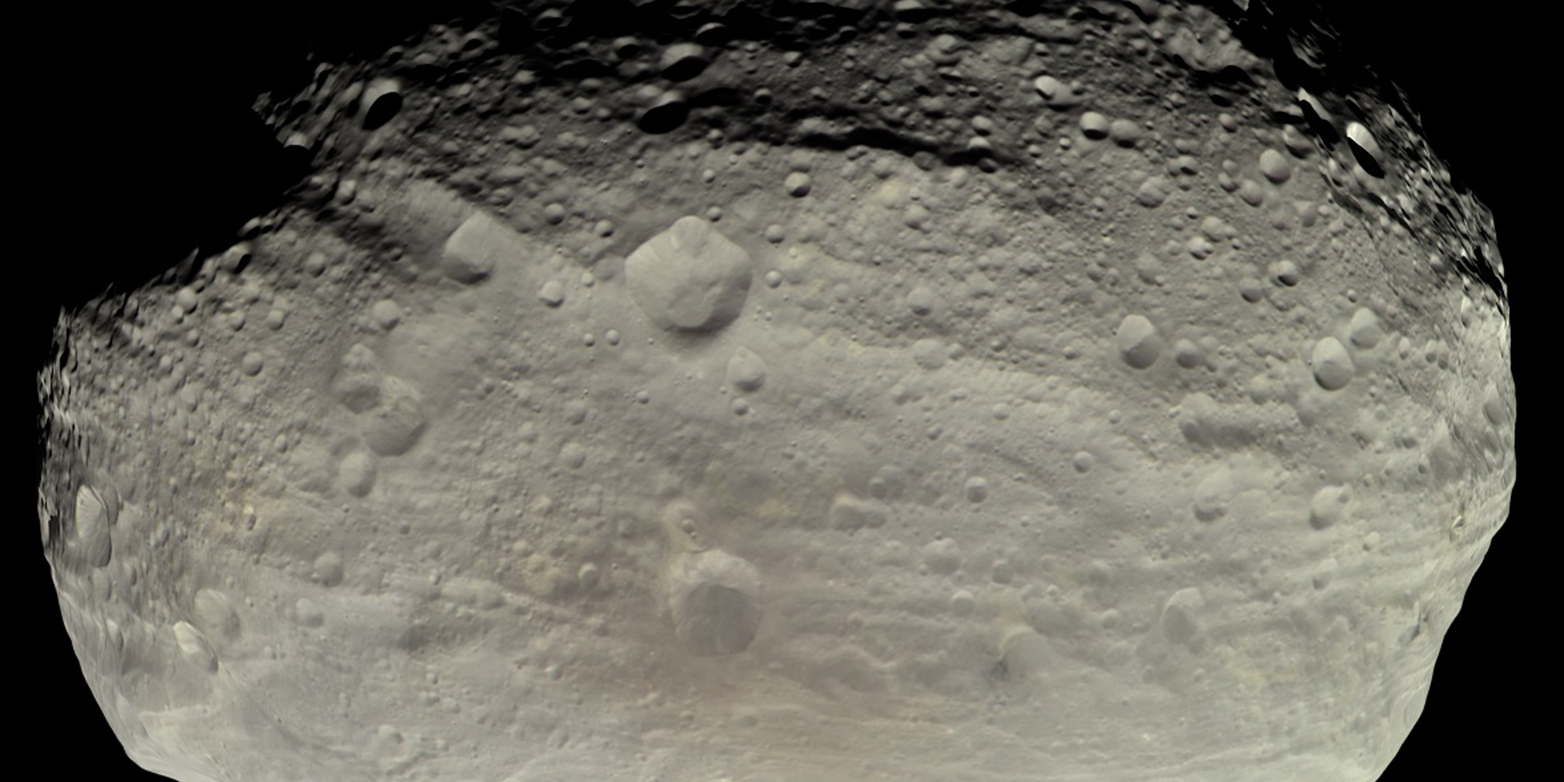Stony ambassadors from the asteroid Vesta
By determining the age of meteorites, ETH researchers have solved the riddle of their origins and formation: the rocks are over 4.5 billion years old and originate from Vesta, the second-largest asteroid in the main belt.

When our sun was just a young star, a revolving disc of gas and dust formed around it. Over time, the dust clumped together, forming boulders that went on to collide with other boulders, incorporating their masses as they continued to grow. These boulders eventually gave rise to today’s rocky planets – Mercury, Venus, Earth and Mars – as well as hundreds of thousands of asteroids that now make up the main asteroid belt between Mars and Jupiter. The largest known asteroids of the main belt include the dwarf planet Ceres and the asteroid Vesta.
As a result of collisions between asteroids, debris was continually hurled into space before falling to Earth as meteorites. These rocks offer a unique insight into the early days of our solar system and allow scientists to identify various types of asteroids.

Researchers are particularly interested in a class of meteorites known as mesosiderites that are made up of silicate rock fragments and metal (typically iron and a small amount of nickel). As the two components have a disordered structure, scientists assume that they must have come from a “differentiated asteroid” – that is, from a celestial body that once had a crust, a mantle and a liquid core. According to this interpretation, the metal originated from the core and the fragments belonged to the crust. The fact that the two components were able to mix and form a compact rock suggests that a collision occurred between this and another asteroid.
However, scientists are still racking their brains as to how and when mesosiderites were formed. Until now, it has also been extremely difficult to assign these meteorites to a specific asteroid.
Researchers from the group led by Maria Schönbächler, a professor at the Institute for Geochemistry and Petrology at ETH Zurich, have determined the age of five mesosiderites using high-precision measurements of the lead and uranium content of zircons from this type of meteorite. Zircons form in magma chambers, and their extremely robust nature makes them ideal for dating the rocks in which they are embedded.
Dating the mesosiderites and determining their chemical composition also ultimately allowed Schönbächler’s team members Makiko Haba and Jörn-Frederik Wotzlaw to assign the extraterrestrial rocks to an asteroid – specifically, as suspected, to the large asteroid known as Vesta. Their results were recently published in the journal Nature Geoscience.
The ETH researchers have dated two generations of zircons from the mesosiderites to around 4.56 and 4.52 billion years ago. Whereas the older zircons come from silicate rock that formed as the surface of Vesta gradually cooled and solidified, the younger generation offers evidence of a powerful grazing impact by another asteroid that opened up a large breach extending into the liquid core. The debris fragments from different areas flew off into space, but most of them were redeposited on the opposite side of the impact crater due to Vesta’s gravitational pull. This led to a localised thickening of the asteroid’s crust as well as the mixing up of the various components.

But how did the ETH researchers identify Vesta as the source of these meteorites? “As a rule, it’s very difficult or even impossible to assign meteorites to specific original asteroids,” explains Schönbächler. The researchers settled on Vesta not only based on the dating and chemical composition of the analysed mesosiderites, but also thanks to observational data from the NASA mission “Dawn” that pointed to this asteroid as the source.
On its journey to the dwarf planet Ceres, “Dawn” orbited Vesta several times and studied its surface, acquiring, among other things, valuable information about the rocks present. Moreover, photos of Vesta’s south pole reveal a thickening of the crust and two more recent craters. These were produced by small asteroids that impacted here long after the deposition of the collision material, hurling fragments of it into space. The fragments then most likely fell to Earth as meteorites before ultimately undergoing painstaking analysis in Schönbächler’s lab.

Reference
Haba MK, Wotzlaw J-F, Lai Y-J, Yamaguchi A, Schönbächler M. Mesosiderite formation on asteroid 4 Vesta by a hit-and-run collision, Nature Geoscience (2019), published: 10 June 2019, doi: external page 10.1038/s41561-019-0377-8
Comments
No comments yet